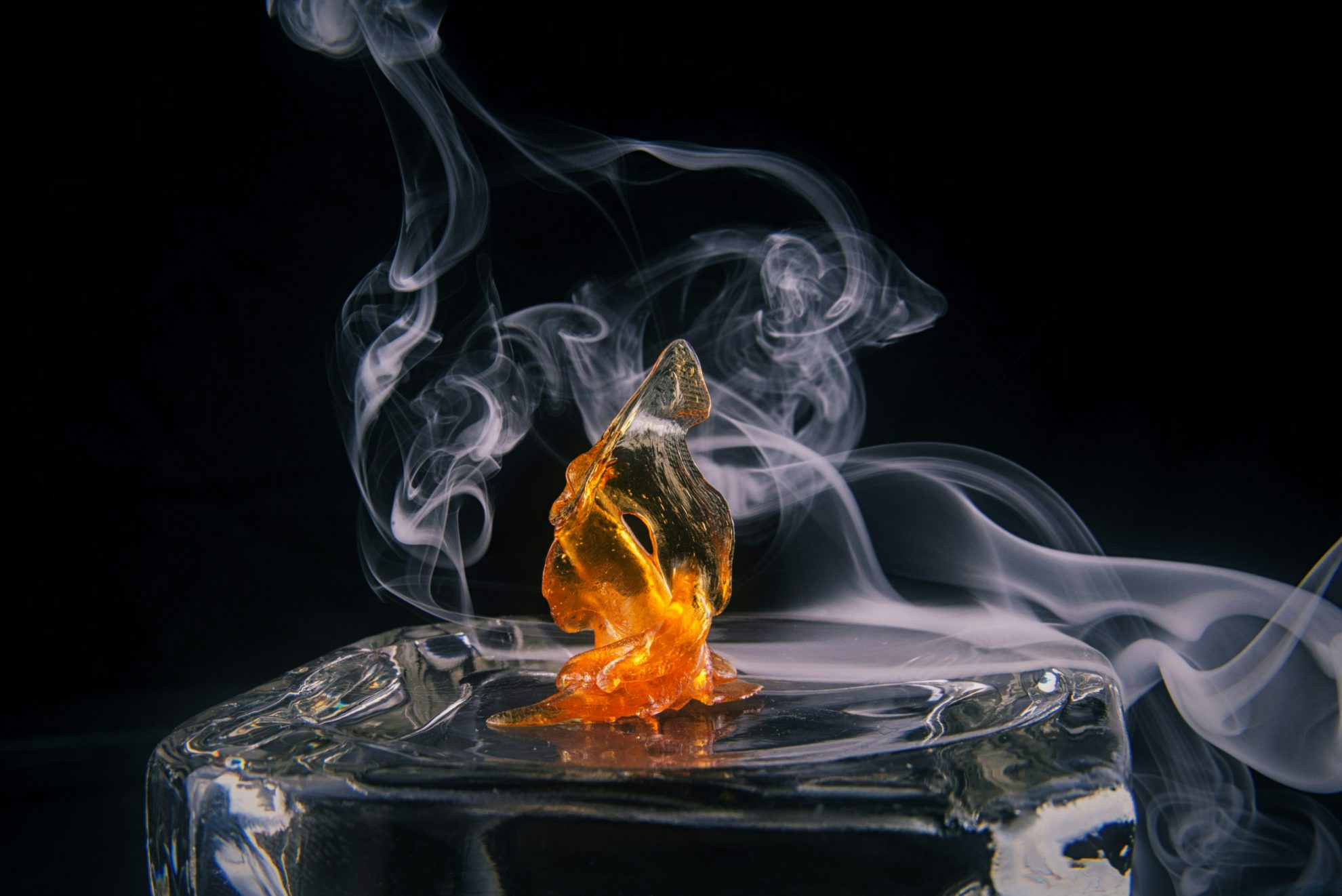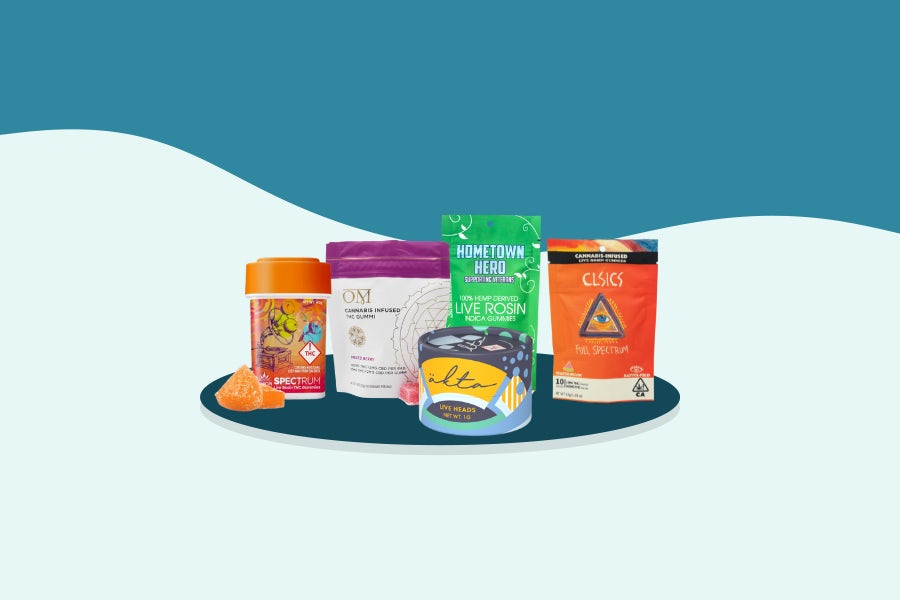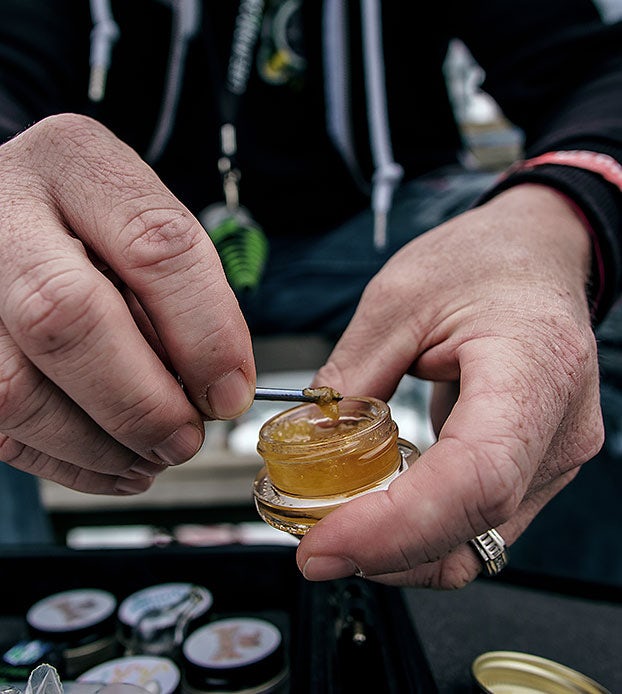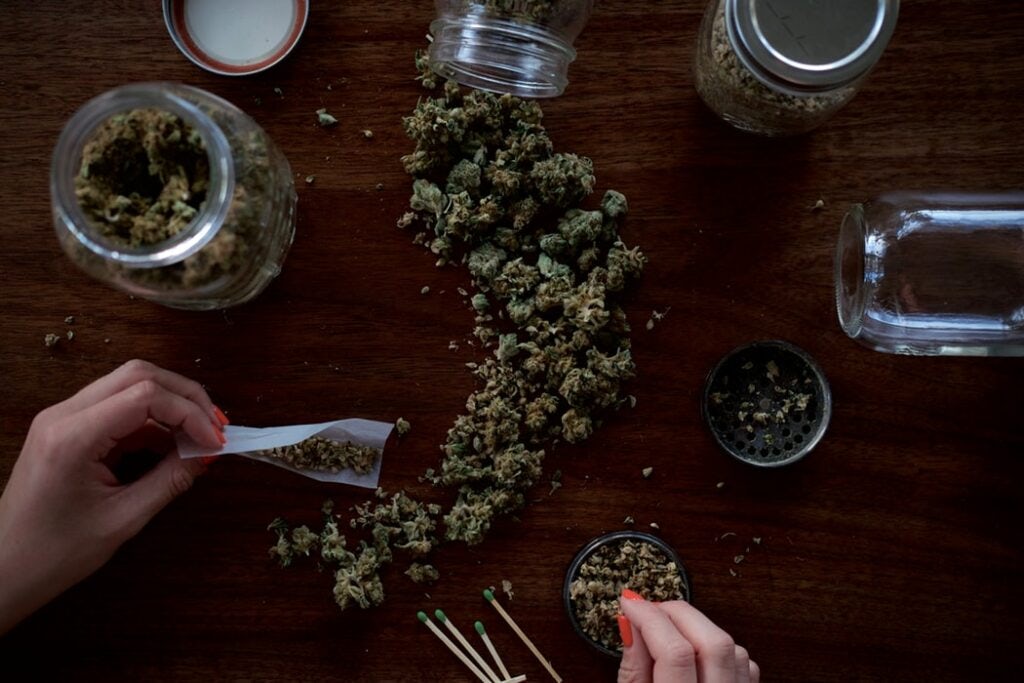Rosin is a cannabis concentrate made by applying heat and pressure to dried cannabis flower, trim, or hash.
The heat and pressure extracts a sap-like substance loaded with cannabinoids and terpenes straight out of the hash or the flower’s trichomes.
It doesn’t require the use of any solvents and is low-tech and simple enough for a first-timer to make at home. And because it’s made without solvents, it’s free of any additives.
How strong is rosin?
Put simply, rosin is quite strong. While potent cannabis flower strains can hover around 20%-25% THC, High Times reported in 2016 that rosin entries in its Cannabis Cup competitions averaged a THC content of 76%.
Because it’s so potent, making rosin could be a smart way to take some less than premium cannabis flower, some leftover trim, or mediocre hash and create a concentrate that’s stronger than the most top-shelf flower.
How is rosin made?
The process for making rosin is quite simple. On the industrial level, it is made by using large mechanical rosin presses, which squeeze the flower between heated plates, extracting the rosin. These machines can be calibrated to extract with precision, though even an amateur should have no problem making their own at home.
Small home rosin presses can seamlessly extract rosin from cannabis flower or hash and don’t require industrial-scale production.
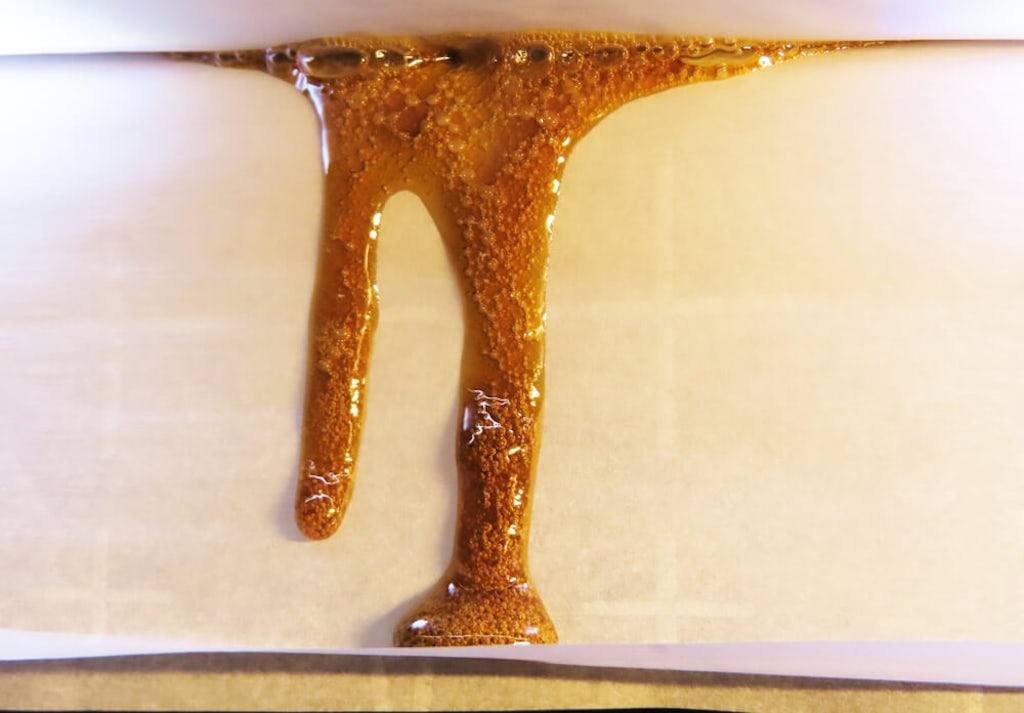
But if you don’t have a rosin press, there’s a tried and true method that you may already have the tools for. Simply take the cannabis or hash and place it between two baking sheets. Use a hair straightener heated up to around 300°F (150°C) or a little lower and firmly press the flower in the hair straightener for about 5-10 seconds.
Remove the parchment paper from the hair straightener and open it on a flat surface. Discard the cannabis bud and remove any large plant particles that are left. If you’d like to ensure there aren’t any plant particles left, you can try placing the flower in a small rosin screen or mesh bag before placing it in the wax paper.
You can leave the rosin as is, or take another piece of parchment paper and flatten it into a shape of your liking.
Once your rosin is made, you can dab it, smoke it in a glass pipe, or use it in a vape that can handle concentrates.
How is rosin different from other extracts?
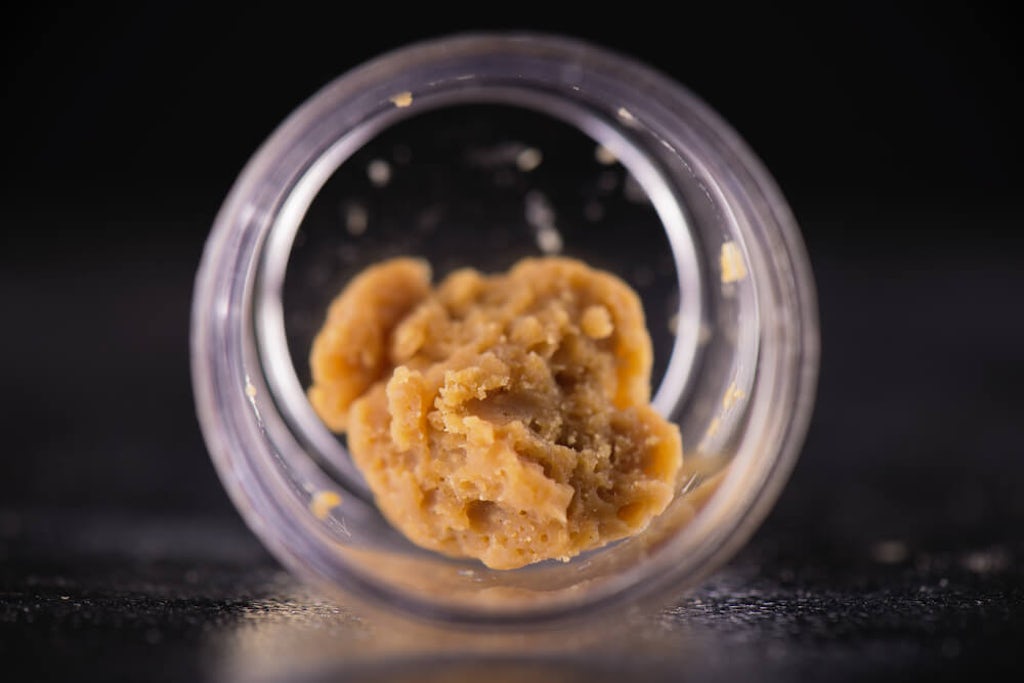
Because it’s made using nothing more than heat and pressure, rosin is free of any solvents like ethanol, butane, or CO2, which are used to make solvent-based concentrates like BHO (butane hash oil). This also means it tends to have a light amber or golden color to it.
The extraction process isn’t nearly as time consuming as other methods and doesn’t necessarily require much skill or purchasing any expensive extraction tools. In addition, because it is made using cannabis flower pressed at a low heat, the resulting rosin usually retains a large amount of the plant’s terpenes, ensuring a tasty smoke, vape, or dab.
What is live rosin and what is live resin?
If you encountered the terms live rosin and live resin and became a little confused, that’s understandable. While they sound almost exactly the same, the two are very different, although the “live” part refers to the same element in their production.
Live resin refers to a solvent-based extract made using freshly harvested cannabis that has not been dried and cured. The cannabis is harvested and immediately frozen. The plant matter, including flower and sugar leaves, are then subject to a solvent-based extraction process. Because it isn’t dried or cured, live rosin can retain more of the original plant’s terpenes, which can make it a highly sought-after and pricier concentrate.
Live rosin on the other hand, is a concentrate made by pressing dried and cured cannabis — or bubble hash — through a rosin press. Making live rosin is a popular way of taking perhaps less than brilliant hash and turning it into a purer, more potent concentrate. It loses some of the terpenes that would otherwise be preserved if the plant matter hadn’t been dried and cured.
Is rosin full-spectrum or broad-spectrum?
“Full spectrum” refers to extracts that include the full range of the original chemovars cannabinoids and terpenes. Broad spectrum usually refers to cannabis products in which the THC has been removed or greatly lowered.
With full-spectrum extracts, no process is carried out to remove any of the plant’s natural components.
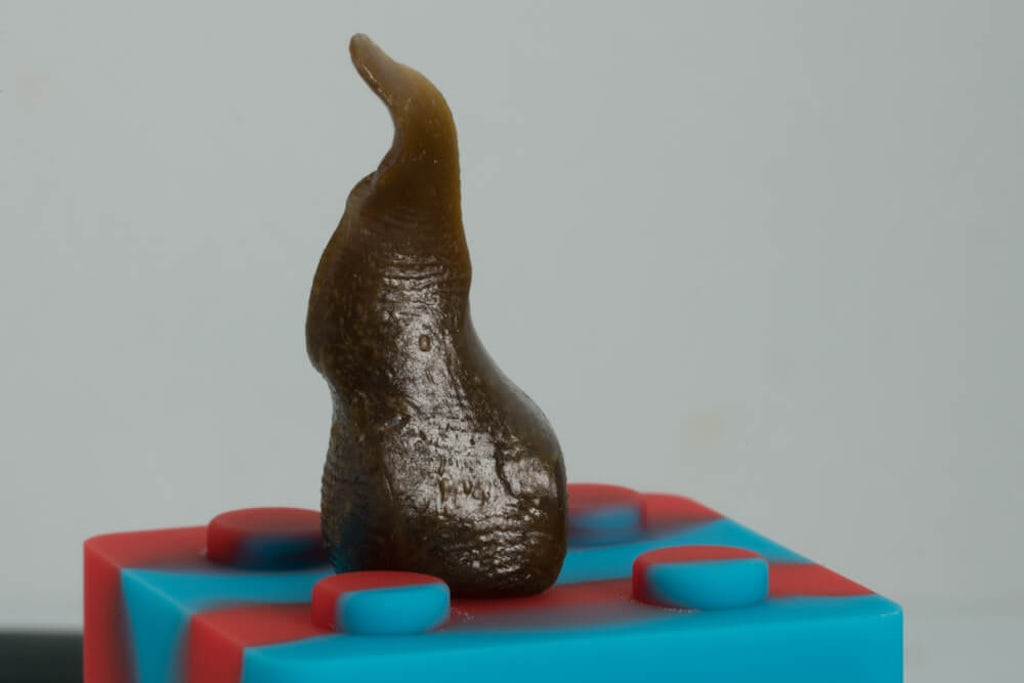
Most rosins are full spectrum. However, while no solvents are used in the creation of rosin, the application of heat can mean that some of the terpenes are lost in production which means it technically no longer contains the original spectrum of cannabinoids and terpenes. That said, it is generally still considered to be full-spectrum because it has not gone through a deliberate process to remove any of the THC.
Why use rosin?
The easiest answer to “why rosin?” is simply that it’s quite potent — and it’s made without any solvents, making it what many consider a more “pure” concentrate. With just a dab or a pull or two from the vape you can get a potent high that provides a lot more bang for your buck than smoking straight cannabis flower.
Speaking of smoking, vaping or dabbing rosin can also be a good alternative for people who want to avoid smoking.
How to use rosin
Rosin is also quite versatile. It’s commonly used with a dab rig, but it can also easily be used in a vape that can handle concentrates — or found sold prepackaged in vape cartridges. You can also smoke it straight out of a glass pipe or use a tiny dab to top off a bowl of cannabis flower. You can also use it in lieu of cannabis oil or butter in a wide variety of edibles — like chocolates or gummies.
Sign up for bi-weekly updates, packed full of cannabis education, recipes, and tips. Your inbox will love it.

 Shop
Shop Support
Support
